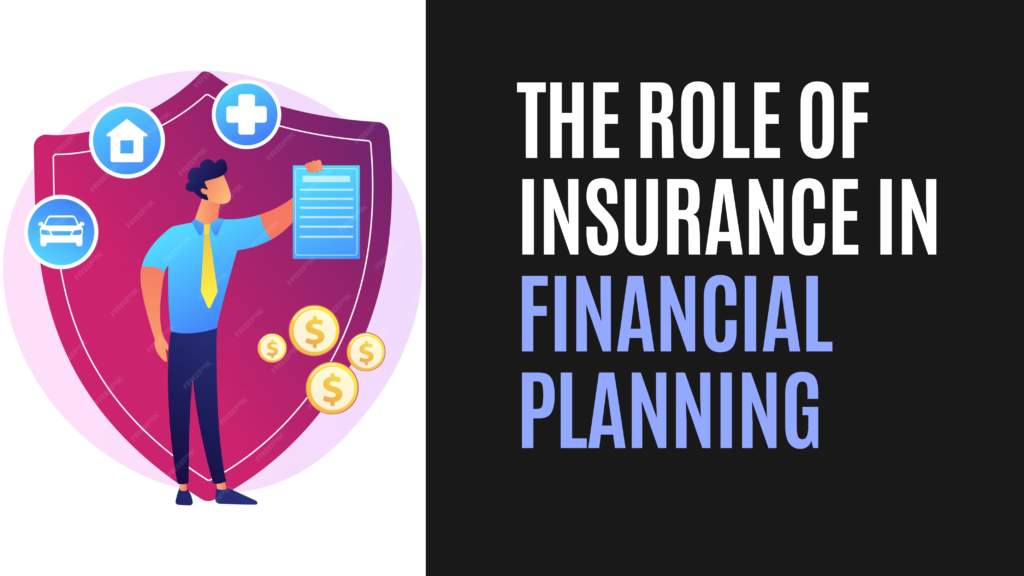The 5-Minute Rule for Pacific Prime
The 5-Minute Rule for Pacific Prime
Blog Article
Everything about Pacific Prime
Table of ContentsMore About Pacific Prime5 Easy Facts About Pacific Prime ExplainedThe Only Guide to Pacific PrimeFacts About Pacific Prime RevealedThe 9-Minute Rule for Pacific Prime

This is because the information were collected for a period of strong economic efficiency. Of the estimated 42 million individuals who were without insurance, almost about 420,000 (regarding 1 percent) were under 65 years of age, the age at which most Americans become qualified for Medicare; 32 million were adults in between ages 18 and 65, around 19 percent of all grownups in this age; and 10 million were children under 18 years old, regarding 13.9 percent of all youngsters (Mills, 2000).
These estimates of the variety of persons without insurance are generated from the yearly March Supplement to the Existing Populace Survey (CPS), carried out by the Demographics Bureau. Unless otherwise noted, national price quotes of people without health insurance policy and percentages of the population with different type of coverage are based on the CPS, the most commonly used resource of price quotes of insurance policy coverage and uninsurance rates.
Pacific Prime Fundamentals Explained

Still, the CPS is especially helpful since it creates annual price quotes reasonably quickly, reporting the previous year's insurance protection estimates each September, and because it is the basis for a consistent set of estimates for more than two decades, permitting evaluation of patterns in protection in time. For these reasons, as well as the extensive use of the CPS in various other researches of insurance policy coverage that exist in this record, we count on CPS quotes, with limitations kept in mind.

The estimate of the variety of uninsured people expands when a population's insurance standing is tracked for several years. Over a three-year duration beginning early in 1993, 72 million individuals, 29 percent of the united state population, lacked protection for at least one month. Within a single year (1994 ), 53 million people experienced at the very least a month without coverage (Bennefield, 1998a)
6 out of every 10 uninsured adults are themselves employed. Functioning does boost the probability that one and one's family members will certainly have insurance, it is not a guarantee. Also participants of families with 2 full time wage income earners have practically a one-in-ten chance of being without insurance (9.1 percent without insurance rate) (Hoffman and Pohl, 2000).
The Basic Principles Of Pacific Prime
New immigrants go to this site account for a significant proportion of people without medical insurance. One evaluation has actually attributed a significant part of the current growth in the size of the united state without insurance population to immigrants that got here in the country between 1994 and 1998 (Camarota and Edwards, 2000). Current immigrants (those who came to the United States within the past four years) do have a high price of being without insurance (46 percent), but they and their youngsters make up just 6 percent of those without insurance policy country wide (Holahan et al., 2001).
The partnership in between wellness insurance coverage and accessibility to care is well developed, as recorded later on in this chapter. The partnership between health and wellness insurance and health and wellness end results is neither straight neither basic, a considerable medical and health and wellness services research literature web links wellness insurance policy protection to enhanced access to care, better top quality, and improved individual and populace health and wellness status.
Levels of evaluation for taking a look at the effects of uninsurance. It focuses especially on those without any type of wellness insurance coverage for any length of time.
An Unbiased View of Pacific Prime
The problems faced by the underinsured are in some respects similar to those encountered by the uninsured, although they are generally much less serious. Wellness insurance coverage, nevertheless, is neither required neither enough to gain accessibility to clinical services. The independent and direct effect of wellness insurance policy coverage on access to health solutions is well developed.
Others will certainly acquire the healthcare they need even without medical insurance, by paying for it expense or seeking it from providers who provide care cost-free or at highly subsidized rates. For still others, medical insurance alone does not ensure receipt of care as a result of various other nonfinancial barriers, such as an absence of wellness care companies in their neighborhood, limited access to transport, illiteracy, or etymological and cultural distinctions.
Excitement About Pacific Prime
Official research about uninsured populaces in the United States dates to the late 1920s and very early 1930s when the Committee on the Cost of Treatment produced a series of reports regarding financing doctor office brows through and hospital stays. This problem came to be significant as the varieties of clinically indigent climbed throughout the Great Depression.
Report this page